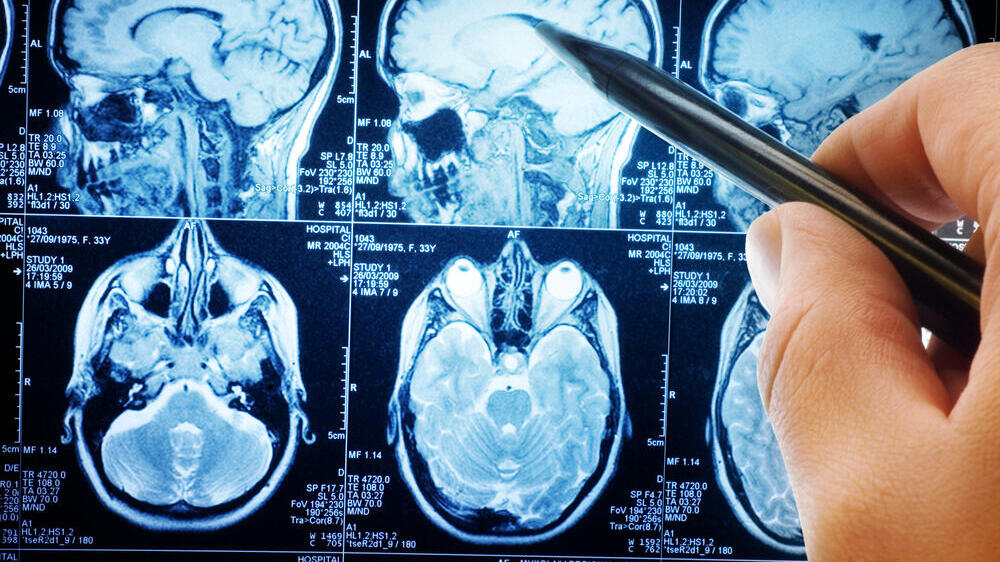A significant scientific breakthrough in autism research has emerged in Israel. Researchers from the Hebrew University of Jerusalem have discovered a new mechanism that seems to characterize the brains of individuals with autism. Building upon this finding, the researchers are experimenting to development of a new medication that could potentially lead to innovative treatment for autism, and perhaps even a cure. The findings were published in the journal Advanced Science on Monday.
More Stories:
The researchers - led by Dr. Haitham Amal from the School of Pharmacy - Institute for Drug Research, Faculty of Medicine, at the Hebrew University – found a significant correlation between levels of nitric oxide (NO) in the brain and autism. The study revealed that an increase in nitric oxide levels in the brains of laboratory animals with autism-like characteristics is associated with increased expression of autism traits.
Today, millions of people worldwide live with autism spectrum disorders. In Israel alone, over 30,000 children age 18 and under are diagnosed with autism. In the United States, one in every 44 individuals under the age of 21 is on the autism spectrum, making it the most prevalent developmental disorder.
The correlation between nitric oxide levels and autism characteristics
In the current study, the experiment was conducted in two parts: First, laboratory animals exhibiting autism-like genes in humans were examined, and their NO levels were tested. Afterward, the findings were compared with blood test results of severely autistic children to confirm the correlation between NO levels and symptoms. The findings indeed confirmed that the NO levels in the laboratory animals corresponded to the existing NO levels in humans with autism.
The researchers examined the NO levels alongside behavioral parameters, including social communication difficulties, repetitive behaviors, lack of interest in new objects and anxiety. Meanwhile, the researchers examined human stem cells and blood samples from 20 low-functioning autistic children.
2 View gallery


Amal and his team found that as the NO levels in the laboratory animals' brains decreased, autistic behavior correspondingly decreased
(Photo: Shutterstock)
Amal and his team found that as the NO levels in the laboratory animals' brains decreased, autistic behavior correspondingly decreased.
"Our research showed that inhibiting nitric oxide production in neuronal cells in the brain leads to a reduction in autistic-like symptoms," said Amal. "The laboratory animals we tested became more sociable, exhibited less repetitive behavior, and showed an interest in new objects. We also observed a decrease in anxiety."
Based on the findings, the researchers began developing a new medication that reduces nitric oxide levels in the brain. Details on the drug are currently confidential, but it has already attracted interest from a global pharmaceutical company, and its basic safety level is currently being tested on laboratory animals. The researchers hope to start clinical trials on humans within two years.
"Our discovery may shed light on the connection between nitric oxide levels and other neurological disorders such as Alzheimer's or psychiatric disorders like schizophrenia and bipolar disorder," said Amal. "I hope that this new finding and understanding of the mechanism will lead to the development of a medicine for autism; such a drug would serve millions of children and adults worldwide."


